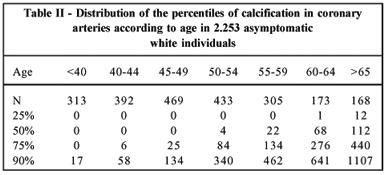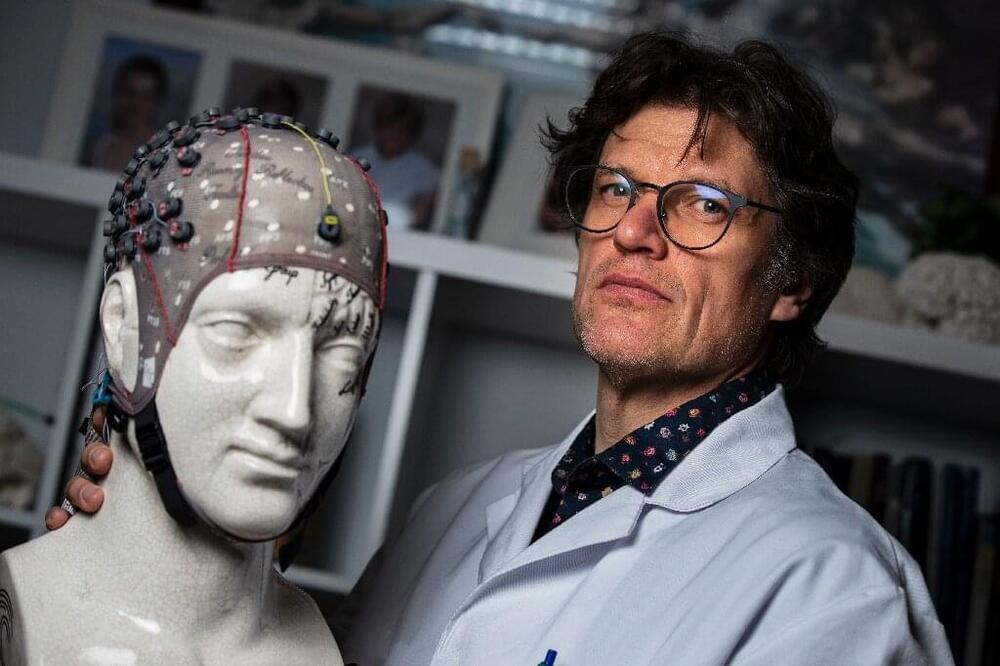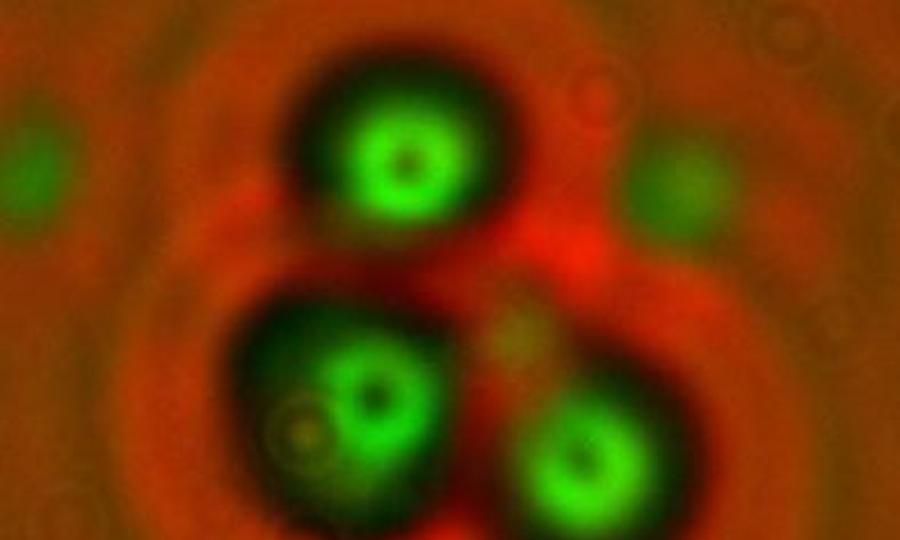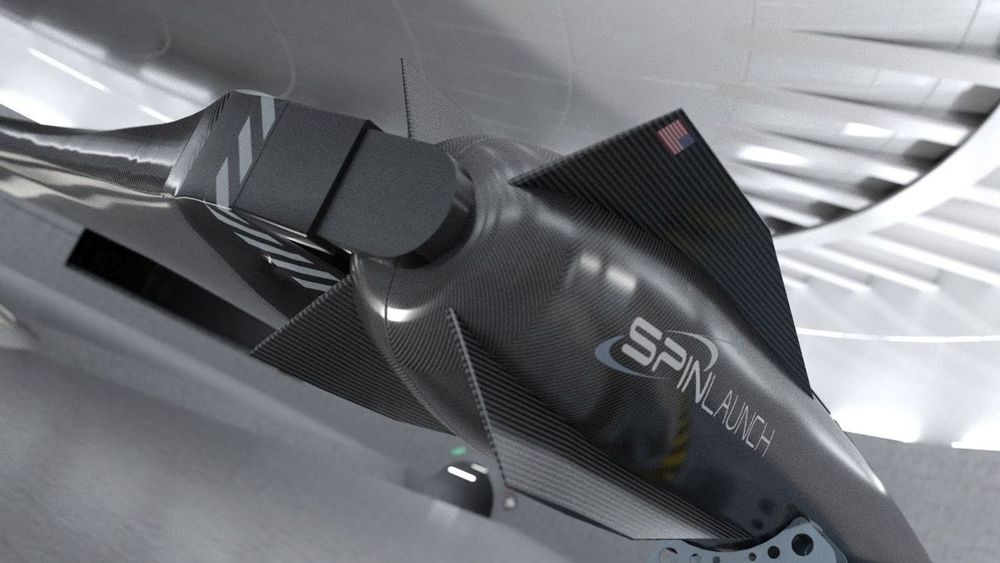If you’re like me — you’re excited about the imminent increases to our healthspan that longevity technologies will soon offer us. However, if you want to stick around long enough to take advantage of all of the soon-to-be available lifespan and healthspan boosting technologies, you need to make sure you don’t die in the process!
How will you die? The four deadly killers
Ever since science effectively cured infectious disease through antibiotics, vaccinations and the like, there has been a distinct shift in what kills humans to the four deadly killers, which are considered ‘age related diseases’. These are — cardiovascular disease, neurodegenerative disease, metabolic disease and cancer. If you manage to escape the most likely causes of death as a young person, which are largely accidental accidental death (mostly car accidents), homicide or mental illness related (suicide) — then it is most likely that one of those four deadly killers will end your life.
But here’s the good news — there’s a growing body of immediately actionable longevity technologies that you can engage with to offset your risk of dying of these diseases. In a series of posts on the topic, I’m going to cover a few key resources at your disposal for minimising your risk for each of these four categories. First-up, cardiovascular disease.
Deadly Killer #1 — Cardiovascular disease









